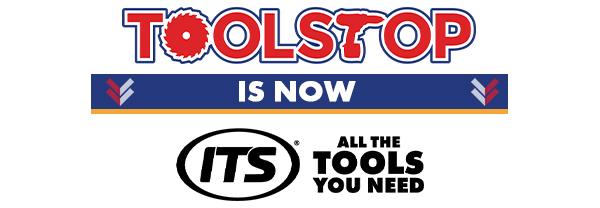Cable Pullers
Cable pullers are essential tools for efficiently pushing and pulling cables through walls, floors, and ductwork. With flexible rods, automatic feeding options, and retractable storage, they make cable installation simple and hassle-free for electrical professionals.
Who Uses Cable Pullers?
Cable pullers are trusted by professionals in various industries for their ability to streamline cable installation tasks in tight and complex spaces. Here's who benefits most from these tools:
- Electricians – Essential for running power and communication cables through walls, floors, and ceilings during installations or upgrades.
- Data Technicians – Perfect for pulling Ethernet cables and fiber optics through ductwork or conduit systems in offices and data centers.
- Contractors – Used to manage wiring systems in construction projects, ensuring cables are safely and accurately routed.
- DIY Enthusiasts – Great for home projects like installing speaker wires, TV cables, or smart home system connections.
Cable Pullers Are Great for Jobs Such As:
- Wiring New Homes or Offices – Efficiently route electrical or data cables through walls and floors during construction or renovations.
- Installing Complex Cable Systems – Easily manage long runs of conduit wiring for communication systems or security networks.
- Pulling Cables in Tight Spaces – Navigate tricky or confined areas, such as ductwork or small wall cavities, using flexible rods with hooks or eyes.
- Replacing Old Wiring – Quickly remove or replace aging cables in existing infrastructure without damaging surrounding structures.
- Automated Cable Feeding – Use cordless models to save time and energy with automatic feeding and retracting features.
How to Choose the Best Cable Puller
Selecting the right cable puller ensures efficiency and ease when working with electrical wiring. From manual to powered options, consider the features that suit your specific needs. Here's what to look for:
1. Manual vs. Cordless Cable Pullers
Manual Cable Pullers: Affordable and ideal for smaller projects or occasional use. They require physical effort but are reliable for straightforward tasks.
Cordless Cable Pullers: Powered by 18V batteries, these are excellent for large-scale jobs or frequent use. They reduce physical strain and increase efficiency, especially when navigating bends and long runs.
2. Flexibility of Rods
Look for cable pullers with highly flexible rods that can navigate tight spaces and sharp bends. This feature is essential when working in confined areas like ductwork or wall cavities.
3. Cable Length and Capacity
Choose a cable puller with a length and capacity that fits your project requirements. Longer rods or tapes are perfect for larger installations, while shorter ones are better for compact spaces.
4. Retractable Storage
Opt for cable pullers with retractable drums for easy storage and transportation. This feature keeps the rods or tape organized and prevents tangling, saving time during setup and teardown.
5. Safety Features
Ensure the cable puller includes safety features such as insulated grips to reduce electrical hazards and automatic tension control to prevent cable damage during operation.
Popular Accessories for Cable Pullers
Pairing your cable puller with the right accessories can enhance its functionality, efficiency, and user experience. Whether you're working on electrical systems or duct installations, these accessories can help you get the job done faster and with greater ease.
1. Flexible Rod Kits
Flexible rod kits come with various lengths and thicknesses to suit different tasks. They allow for easier navigation through tight spaces, bends, and ductwork, making cable pulling more efficient and less stressful.
2. Pulling Lubricants
Pulling lubricants reduce friction and prevent cable damage when navigating long runs or tight bends. They are especially useful for heavy-duty projects, ensuring smooth and snag-free operation.
3. Replacement Tapes and Drums
Keep spare tapes and drums on hand to extend the life of your cable puller. High-quality replacement tapes ensure uninterrupted operation, and retractable drums provide easy storage and organization.
Frequently Asked Questions
What are cable pullers used for?
Cable pullers are designed to help push or pull cables through walls, floors, and ductwork, making them essential for electrical power systems and installations.
How do cordless cable pullers work?
Cordless cable pullers use an 18V battery to automatically feed and retract cables through bends and tight spaces, offering greater efficiency and portability than manual options.
What are flexible rods, and why are they important?
Flexible rods are used in cable pullers to navigate tight bends and confined spaces. They are key to ensuring smooth and efficient cable installation in challenging environments.
Can cable pullers handle heavy-duty cables?
Yes, many cable pullers are designed to handle heavy-duty cables. Be sure to check the weight and thickness capacity of the model to ensure compatibility with your project.
What brands of cable pullers are available at ITS?
ITS stocks leading brands such as CK, Armeg, Seeley, Draper, Milwaukee, and Greenbrook, ensuring high-quality and reliable options for all your cable pulling needs.


